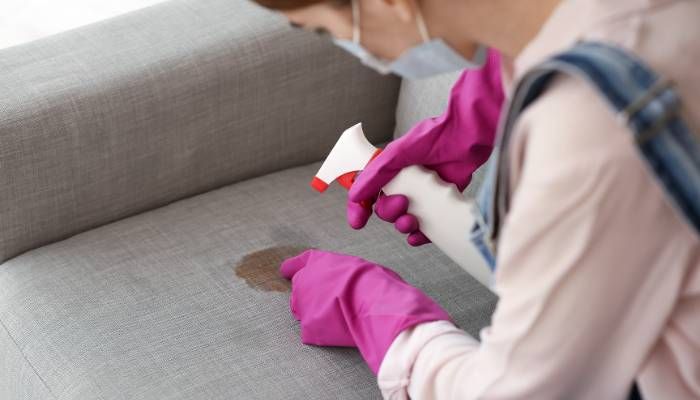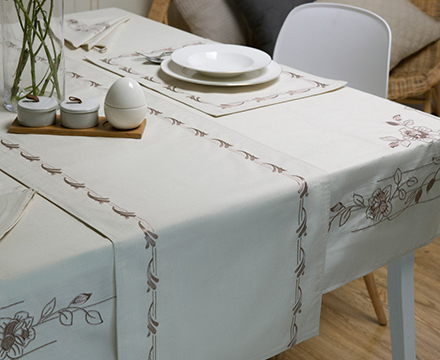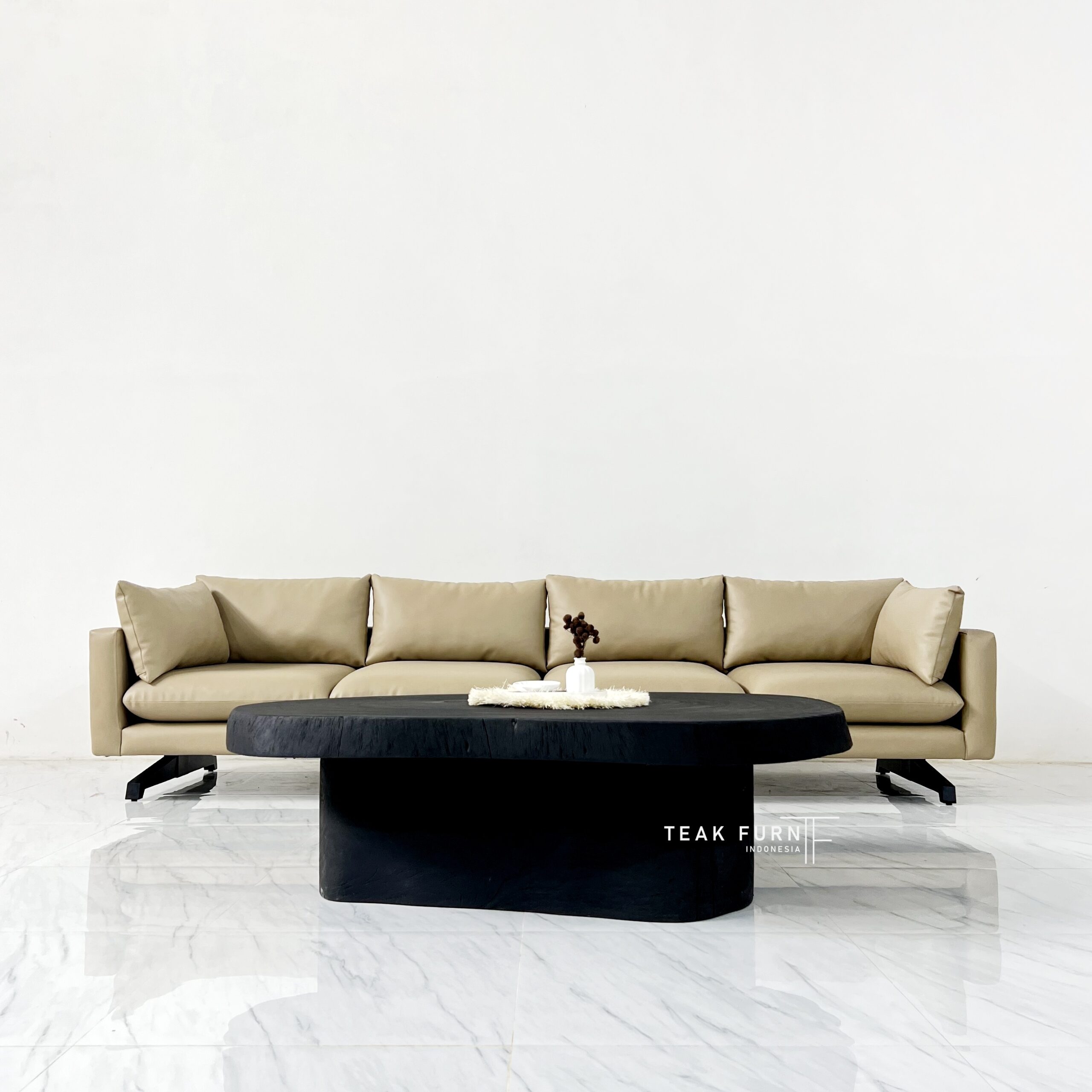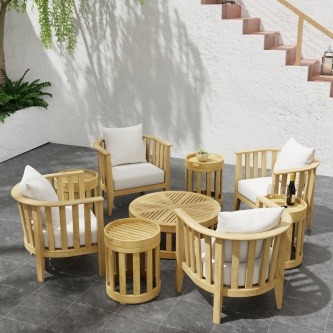Furniture plays an essential role in home decor, but it’s prone to stains from everyday use. Whether it’s a wooden table, fabric sofa, or leather chair, knowing the right cleaning methods can help maintain your furniture’s appearance and extend its lifespan. This guide covers effective techniques for removing stains from various types of furniture.
1. Removing Stains from Wooden Furniture
Wooden furniture is elegant but can easily show stains, especially from water, oil, or food spills. Here are some ways to handle common stains:
Oil and Grease Stains: Mix equal parts of white vinegar and water, dampen a soft cloth with the solution, and gently wipe the stained area. Dry with a clean cloth afterward. Avoid excessive moisture, as it can damage the wood.
Water Marks or Glass Rings: For water stains, create a paste using baking soda and water. Rub it on the stain gently with a soft cloth, then wipe off the paste with a damp cloth and dry the surface.
Ink and Pencil Marks: Dab rubbing alcohol on a cotton ball and gently apply it to the stain. Avoid vigorous rubbing to prevent damaging the wood’s finish. Once the stain is gone, wipe the area clean with a dry cloth.
2. Removing Stains from Fabric Furniture

Fabric furniture like sofas and chairs is highly susceptible to spills and stains. Here’s how to remove some of the most common stains from fabric:
Food and Drink Spills: Act quickly by blotting the spill with a clean cloth (don’t rub). For coffee, tea, or food stains, mix warm water with a small amount of dish soap. Use a soft cloth to blot the area until the stain lifts, then rinse with clean water and allow it to air dry.
Grease Stains: Sprinkle baking soda or cornstarch on the grease stain and let it sit for 15-20 minutes to absorb the oil. Afterward, vacuum or brush off the powder, then clean the fabric with a mild soap solution if needed.
Ink Stains: For ink stains, apply rubbing alcohol on a cotton ball and gently blot the area until the ink is removed. Be sure to test this on a small, hidden area first to ensure it doesn’t damage the fabric. Afterward, rinse the fabric with water and let it dry.
3. Removing Stains from Leather Furniture
![How To Remove Pen Stains From Leather Sofa [2023] – House of Nur](https://houseofnur.ae/cdn/shop/articles/how_to_remove_pen_stains_from_leather_sofa.webp?v=1710967281)
Leather furniture requires special care to avoid damage. Here’s how to deal with common stains on leather:
Food and Drink Spills: Immediately blot any liquid spill with a dry cloth. For cleaning, use a leather cleaner or a mild soap solution. Wipe the area with a damp cloth to remove soap residue and dry with a soft towel.
Oil Stains: Sprinkle talcum powder or cornstarch on the stain and let it absorb the oil for a few hours. Then, gently brush off the powder. If the stain persists, use a leather cleaner designed for oil stains.
Ink Stains: Ink stains can be tricky, but rubbing alcohol can help. Dampen a cotton ball with alcohol and gently blot the stain. Avoid scrubbing, as it can damage the leather. After the stain is removed, apply a leather conditioner to restore moisture and prevent cracking.
4. Preventing Stains on Furniture

While cleaning methods are essential, preventing stains is equally important. Here are some tips to protect your furniture:
Use Furniture Covers or Placemats: Place coasters on wooden furniture to prevent water rings, and use slipcovers for fabric furniture to protect it from spills and dirt.
Regular Cleaning: Dust and vacuum furniture regularly to prevent dirt buildup. For fabric furniture, use a vacuum attachment to remove dust, pet hair, and other debris.
Leather Protection: Apply a leather protector to keep leather furniture safe from stains and discoloration. This protective layer acts as a barrier against spills and dirt.
Conclusion
Removing stains from furniture doesn’t have to be overwhelming. Whether dealing with wooden, fabric, or leather furniture, there are simple and effective ways to handle common stains. Always test cleaning solutions in an inconspicuous area first to ensure they won’t damage the material. By acting quickly and using the right techniques, you can maintain your furniture’s beauty and extend its life. Regular care and preventive measures will also help keep your furniture looking fresh for years to come.



